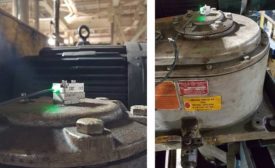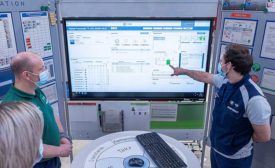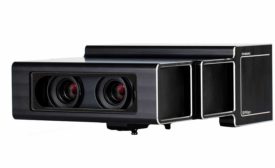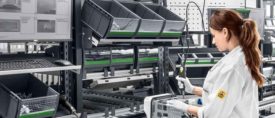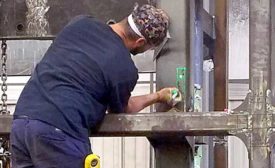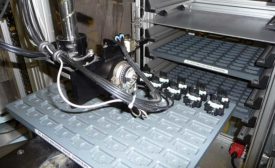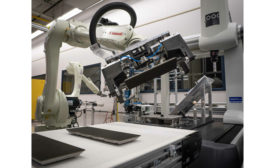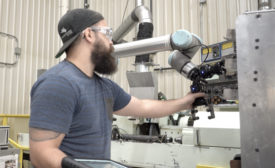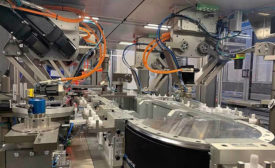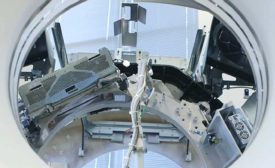Home » factory automation
Articles Tagged with ''factory automation''
Sensors and AI-based software help manufacturers eliminate unplanned equipment downtime.
Read More
Smart Technologies Aid Continuous Improvement Efforts
New technologies, such as smart vision systems, provide a single source of truth for continuous improvement projects.
June 10, 2022
Never miss the latest news and trends driving the manufacturing industry
Stay in the know on the latest assembly trends.
JOIN TODAY!Copyright ©2024. All Rights Reserved BNP Media.
Design, CMS, Hosting & Web Development :: ePublishing
